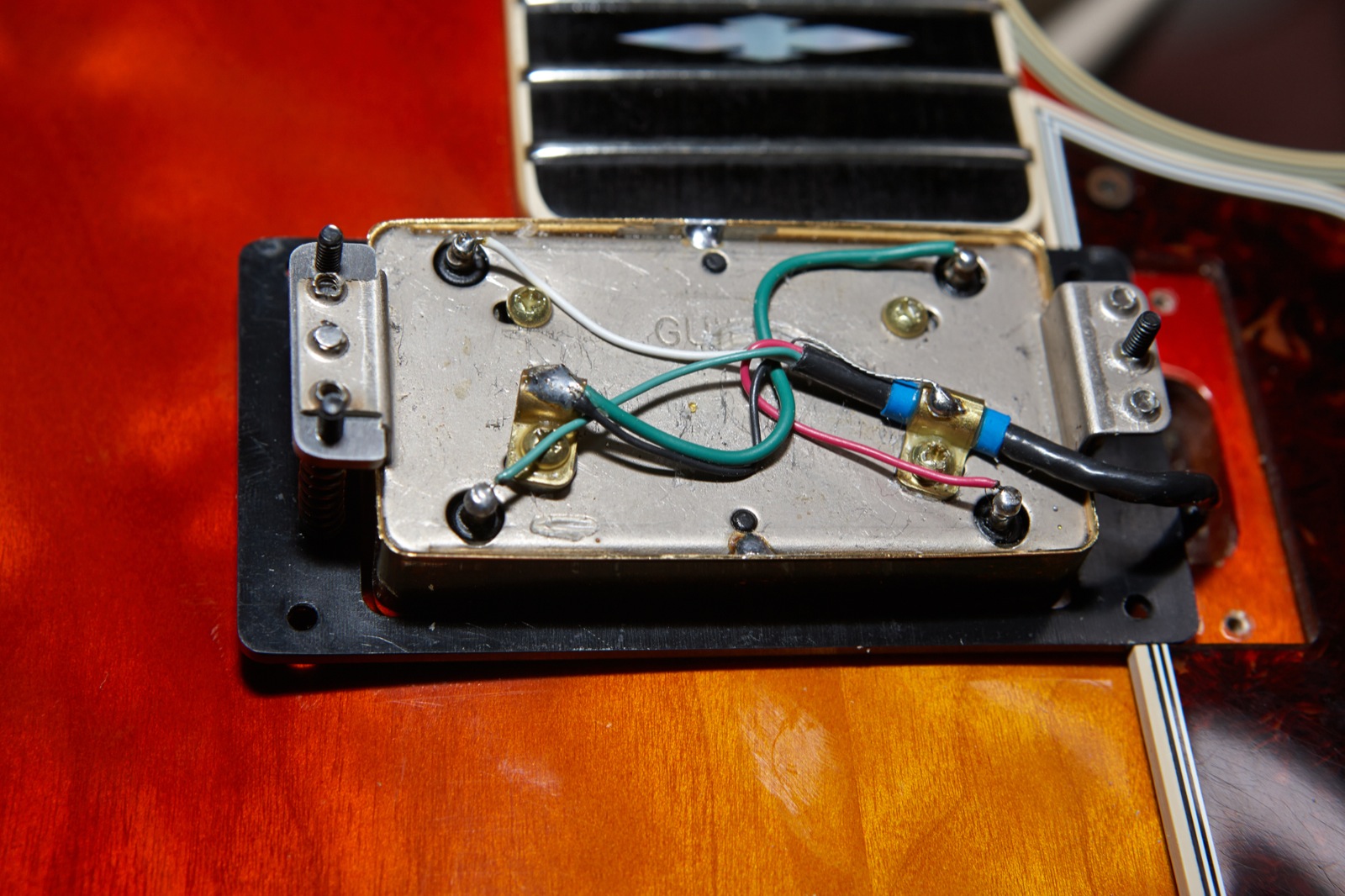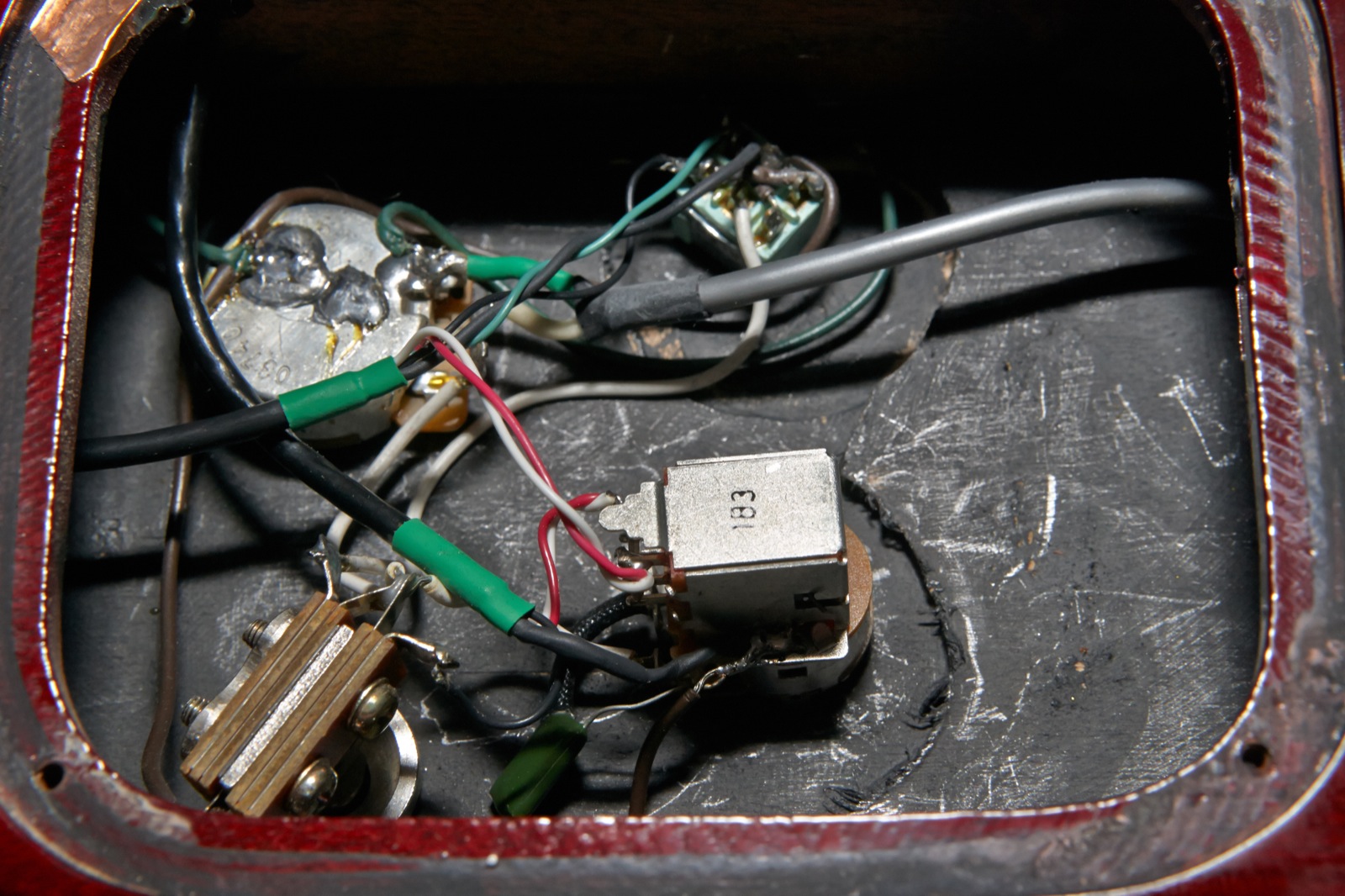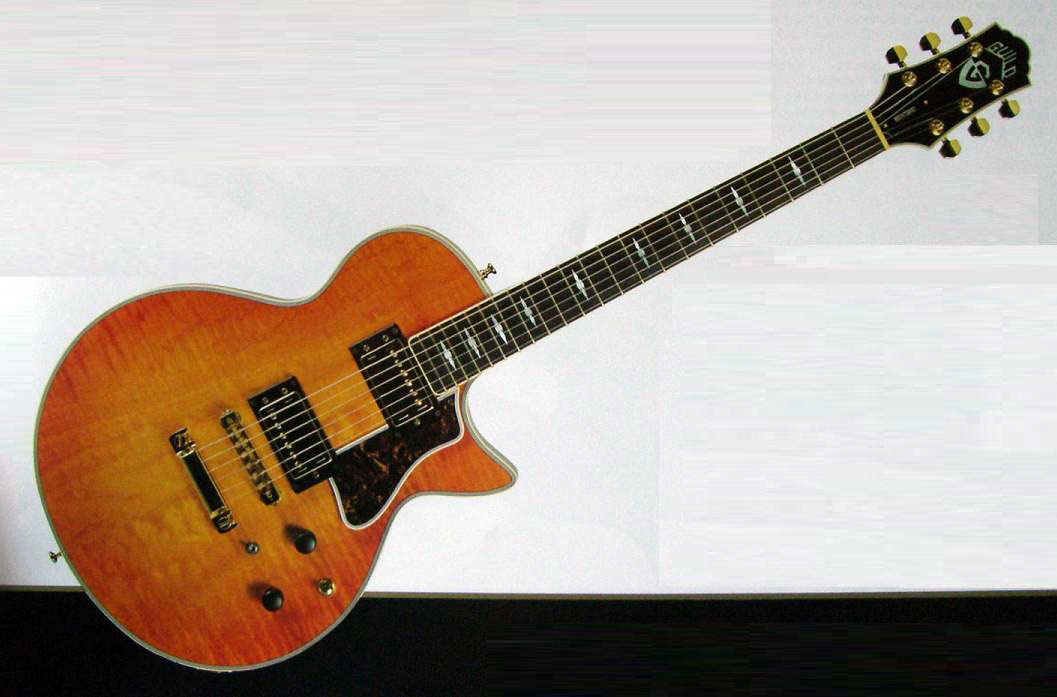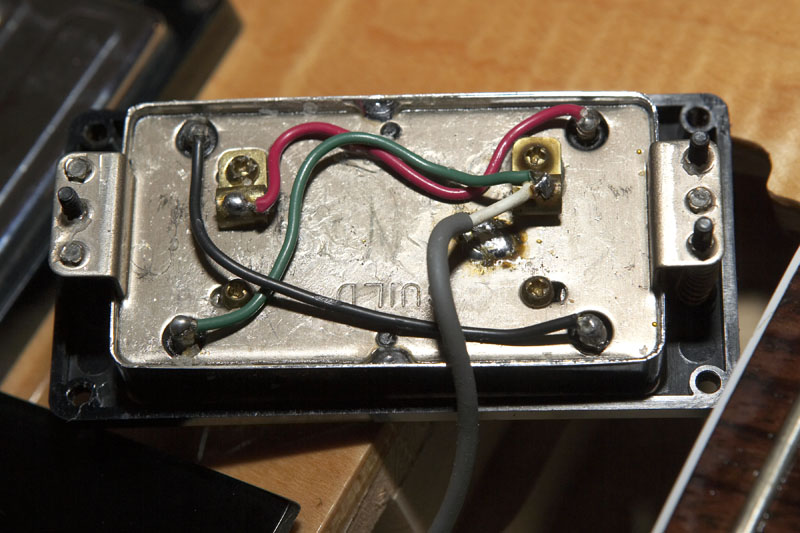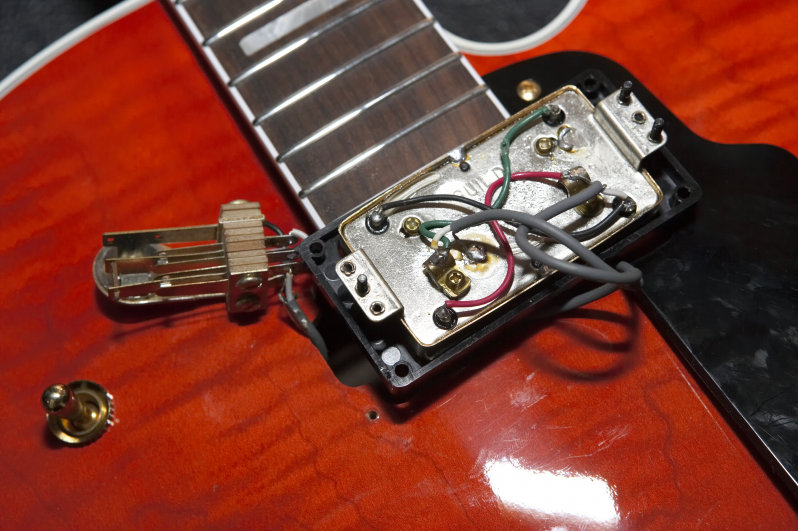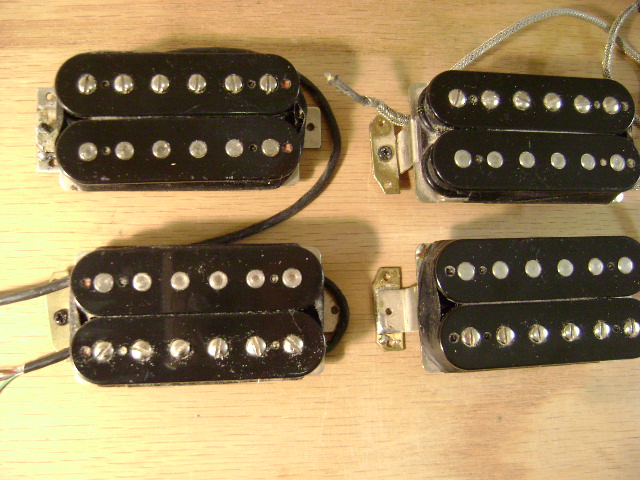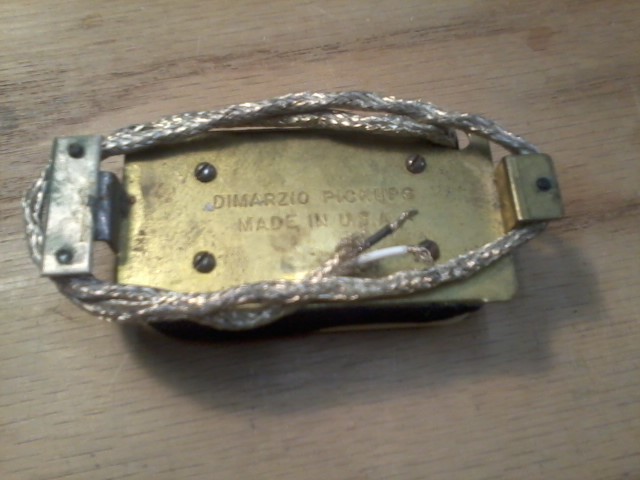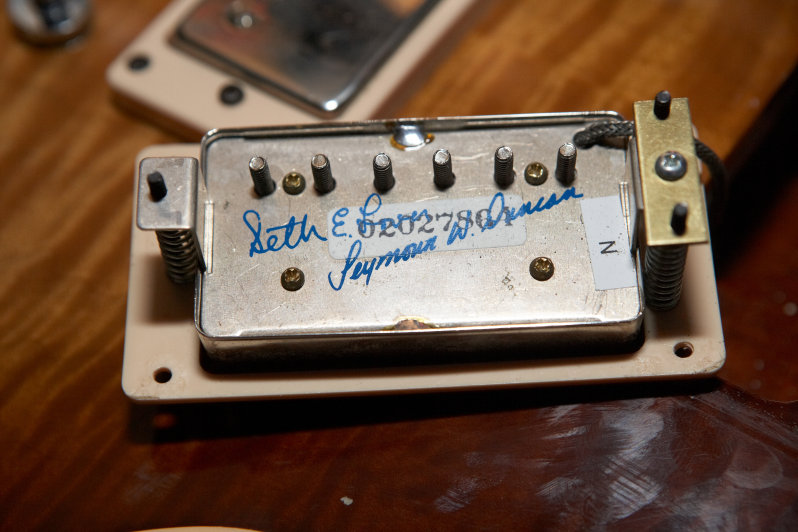- Joined
- Feb 11, 2009
- Messages
- 23,429
- Reaction score
- 19,290
- Location
- NJ (The nice part)
- Guild Total
- 112
So I'm the guy that's always ragging on the Fender HB1 pickups, but even though my X170T was hollow and had a coil-split, it never sounded like this. This guitar can almost get that quacky mid-position Strat sound that I love so much.
I have to say that after lowering the pickups a bit, I'm digging the tone from the guitar when it's in single-coil mode. Especially though my little champ clone that I built.
Of course now the question is would it sound even better with better pickups? LOL.
It's a very strange combination. It's like playing a Les Paul with a fat *** that has Strat pickups in it while sort of behaving like a Starfire. You know - that kind of sound. :wink-new:
I say it has a fat *** because it's oddly balanced while sitting. Any other Nightbird owners agree with that? The guitar is surprisingly heavy for having so much air in it, too - it weighs 8lbs 15oz which is more than my Historic R9 weighed (Historics are solid - no weight relief or chambers), but I suppose that could be due to the larger lower bout on this guitar.
BTW all of the balance issues are moot while standing.
The more I play it, the more I dig it. In some ways, it reminds me of the Bluesbird I owned. It's got the same neck profile, or at least it's very similar, and the same cool hollowness to the tone, but it's brighter with the single coil option and the ebony board. It's also much prettier.
Hans has been his normal excellent help, and said something to the effect that the serial number is from 1988, but the guitar was likely built some time thereafter. The electronics really look stock to me - the wiring is impeccable, but those pickups didn't exist in the late 80s. Hell, I don't think they existed until the mid-late 90s. If the electronics were swapped, it was done by a pro.
At this point I'm actually leaning towards leaving it the way it is. On the off chance that it is original, I'd like to keep it that way. If I put in vintage HB1s, I lose the middle-position quack unless I put in two bridge pickups. If I have these pickups rewound, then I'll have to violate the nice wiring, which I'm willing to do for a dramatic increase in tone quality. I find myself conflicted since the pickups I've never liked are sounding good.
Edit - LOL at censors...
I have to say that after lowering the pickups a bit, I'm digging the tone from the guitar when it's in single-coil mode. Especially though my little champ clone that I built.
Of course now the question is would it sound even better with better pickups? LOL.
It's a very strange combination. It's like playing a Les Paul with a fat *** that has Strat pickups in it while sort of behaving like a Starfire. You know - that kind of sound. :wink-new:
I say it has a fat *** because it's oddly balanced while sitting. Any other Nightbird owners agree with that? The guitar is surprisingly heavy for having so much air in it, too - it weighs 8lbs 15oz which is more than my Historic R9 weighed (Historics are solid - no weight relief or chambers), but I suppose that could be due to the larger lower bout on this guitar.
BTW all of the balance issues are moot while standing.
The more I play it, the more I dig it. In some ways, it reminds me of the Bluesbird I owned. It's got the same neck profile, or at least it's very similar, and the same cool hollowness to the tone, but it's brighter with the single coil option and the ebony board. It's also much prettier.
Hans has been his normal excellent help, and said something to the effect that the serial number is from 1988, but the guitar was likely built some time thereafter. The electronics really look stock to me - the wiring is impeccable, but those pickups didn't exist in the late 80s. Hell, I don't think they existed until the mid-late 90s. If the electronics were swapped, it was done by a pro.
At this point I'm actually leaning towards leaving it the way it is. On the off chance that it is original, I'd like to keep it that way. If I put in vintage HB1s, I lose the middle-position quack unless I put in two bridge pickups. If I have these pickups rewound, then I'll have to violate the nice wiring, which I'm willing to do for a dramatic increase in tone quality. I find myself conflicted since the pickups I've never liked are sounding good.
Edit - LOL at censors...
